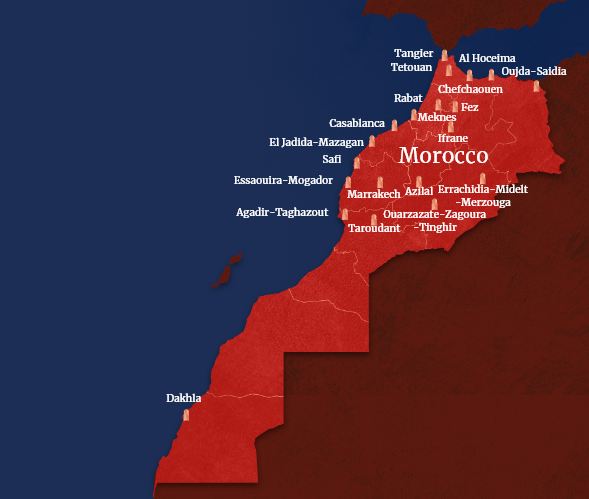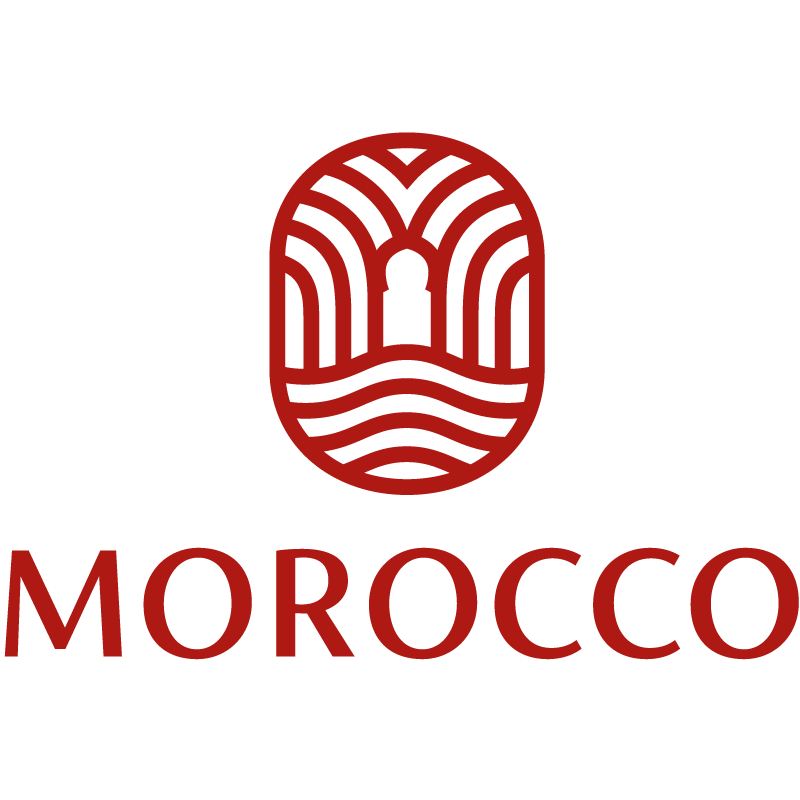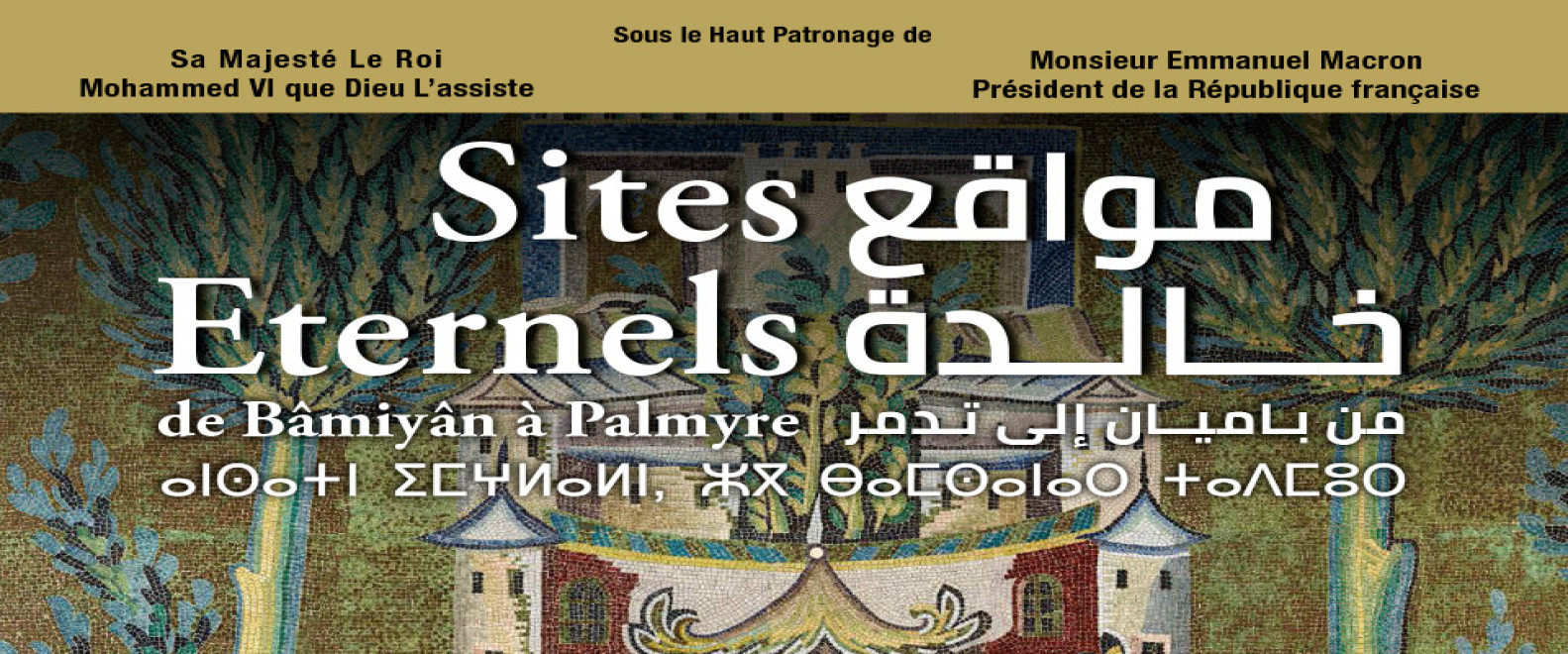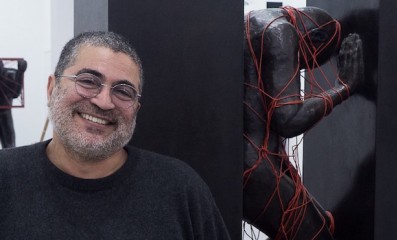Under the High Patronage of His Majesty King Mohammed VI, may God assist him, and Mr. Emmanuel Macron, President of the French Republic, the Royal Archives Department is organizing, in conjunction with the Louvre Museum and the Réunion des musées nationaux - Grand Palais, and with the support of UNESCO, an exhibition entitled « Eternal Sites, from Bâmiyân to Palmyra, a Journey to the Heart of World Heritage Sites » at the gates of Rabat, the capital of lights, and on the banks of the Bouregreg, from October 30 to December 14, 2018.
This unprecedented event is a timely response to the policy of His Majesty King Mohammed VI, may God assist him, to preserve the Moroccan heritage as well as the universal human heritage. The exhibition reinforces the royal position against extremism and its misdeeds. It is also in line with His Majesty's high guidelines aimed at preserving the human heritage while considering it as a safeguard of peace.
The event aims to raise public awareness of the notion of endangered heritage by evoking emblematic sites and the depredations that threaten the universal heritage, especially in times of conflict. It allows to discover or rediscover the splendours of great archaeological sites located today in high-risk areas, Bâmiyân, Khorsabad, Palmyra, the Umayyad Mosque in Damascus and the Krak des Chevaliers, universal heritage sites particularly threatened by the conflicts in Afghanistan and the Middle East. According to UNESCO, for Syria alone, the six World Heritage sites as well as countless other cultural and archaeological sites have been damaged or looted or even destroyed to varying degrees.
The four sites presented in the universal space are important for four different civilizations: Khorsabad, a city of High Antiquity founded by King Sargon II (713-706 BC) and the first city of the Middle Ages. C. ) in the province of Nineveh, was one of the capitals of the great neo-Assyrian empire which succeeded in dominating most of the Near East in the first half of the 1st millennium BC; Palmyra, in the heart of the desert, halfway between the Mediterranean coast and the Euphrates, an ancient caravan relay whose splendour was mainly retained in Roman times but whose existence dates back to the 2nd millennium BC; The Great Mosque, built in the heart of Damascus by the Umayyad dynasty (661-750), is one of the oldest masterpieces of Islamic architecture; the Krak des Chevaliers, a fortified castle located in western Syria, is one of the most prestigious and best preserved castles of the Crusader era.
Also, and to give a Moroccan color to this exhibition, thousand-year-old Moroccan sites such as N'Khila (Rabat region), Volubilis, Banassa and the el-Qaraouiyyne mosque will be presented to host the four aforementioned universal heritage sites, to invite the public to revisit in two different spaces the same eras and to bear witness to the antiquity of the Moroccan state, its durability and its practice of a moderate Islam.
Thus, the exhibition provides an opportunity to adopt the necessary measures for a healthy preservation of this universal heritage, a common heritage of humanity, to appeal to other countries to adhere to the objectives and philosophy of the International Alliance for the Protection of Heritage in Conflict Zones (ALIPH), which by aiming at the protection of heritage, lays the groundwork for building a lasting peace. The event is, moreover, one of the means to rethink our national heritage and enlighten our younger generations in order to protect them from any misguidance.
General Commissioner: Bahija Simou, Director of the Royal Archives of Morocco.
Jean-Luc Martinez, Chairman and Director of the Louvre Museum, Paris.










